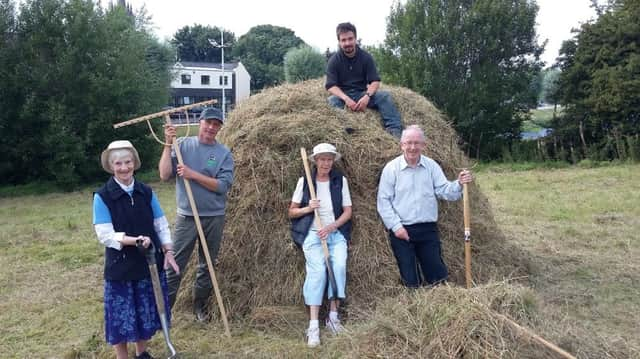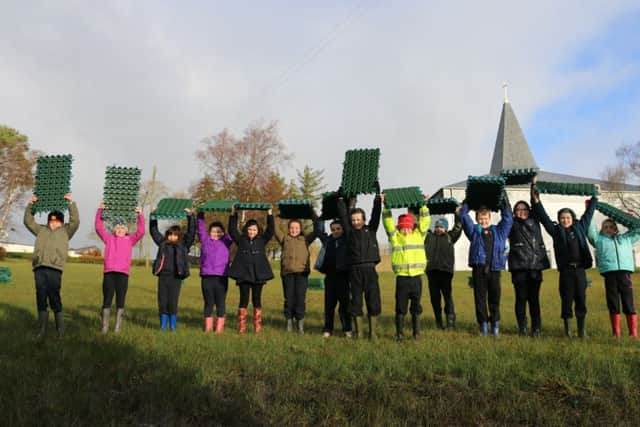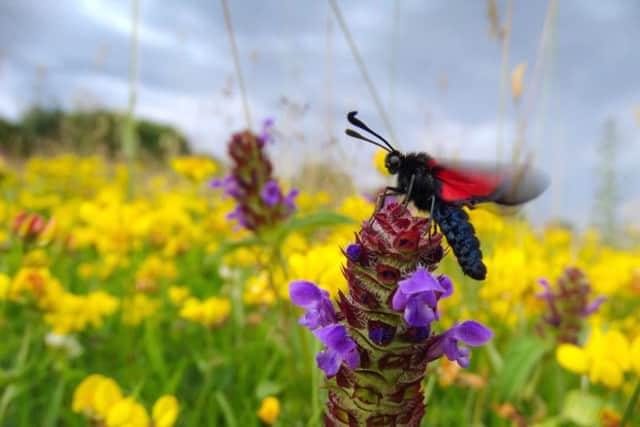Search is on to find Northern Ireland's top community meadow


But since the 1930s, over 97% of our meadows have disappeared and with them, our native wildflowers, such as devil’s bit scabious, yellow hay rattle and lesser butterfly orchids.
To reverse this loss, the search is on to find Northern Ireland’s ‘Meadow Makers’.
Advertisement
Hide AdAdvertisement
Hide AdAs part of the Save Our Magnificent Meadows project, Plantlife and partners want to celebrate the work of the unsung heroes in our communities and schools in the country, who are setting a fantastic example of how to protect meadow heritage and who are inspiring others to follow suit.


For example, Monastery Meadows in the heart of Enniskillen has recently been transformed thanks to the efforts of the local community and Mount Lourdes Grammar school, volunteers, rural crafts’ people, NGOs, council staff, pupils and even the Sisters of Mercy, who have worked passionately together to restore this previously neglected site.
As a result, the first orchid spike emerged triumphant last year alongside pygmy shrews, smooth newts, snipe, sparrowhawk, six species of bumblebees, and dragon and damselflies.
Save Our Magnificent Meadows, the UK’s largest partnership project was launched in 2014 and aims to transform the fortunes of vanishing wildflower meadows, grasslands and wildlife. Led by Plantlife, the partnership of 11 organisations including Ulster Wildlife, is working to restore 6,000 hectares of wildflower meadows and grasslands, primarily funded by the Heritage Lottery Fund.
Advertisement
Hide AdAdvertisement
Hide AdIn Northern Ireland, Ulster Wildlife is working with farmers, landowners, school and community groups to help protect the last remaining pockets of wildflower meadows in Fermanagh and Tyrone.


Giles Knight, Grassland Conservation Officer with Ulster Wildlife, says: “This award is a great way to celebrate and reward the positive work of schools and community groups across Northern Ireland who are helping to transform spaces for nature. Even the humblest wildflower spot can be a haven for wildlife – and by working together, young and old, are helping to make a real difference to our countryside and where they live.”
Marian Spain, CEO of Plantlife, says: “Meadows were once a common feature of our countryside throughout the UK. We want to showcase the work of those in our communities and schools, who are showing commitment to the conservation of our last surviving pockets of meadows and are helping to conserve the remaining ones, whether it be on a small parish meadow, road verge, school grounds, or even a park or playing field, they will be playing a vital role in reversing a lifetime of loss”
Meadow makers will demonstrate:
* Evidence of hard work and commitment to meadow and grassland conservation


* Type of management involved - who helps?
Advertisement
Hide AdAdvertisement
Hide Ad* The inspiration behind their grassland being managed in a certain way
* Ways the area has benefited other people
Entries for ‘Meadow Makers’ are welcome from now to 31 July with the winners for each nation (England, Wales, Scotland and Northern Ireland) announced in September 2016. For more information and details on how to enter, visit www.magnificentmeadows.org.uk.